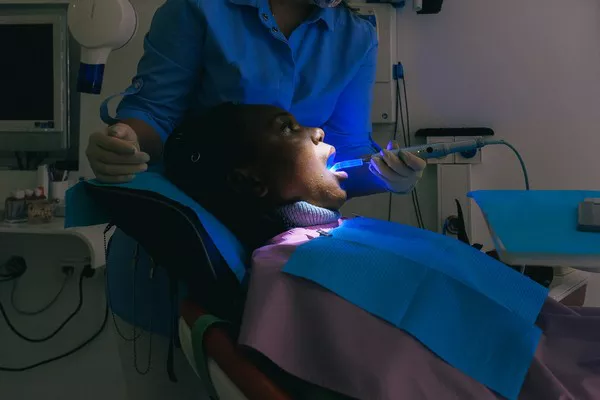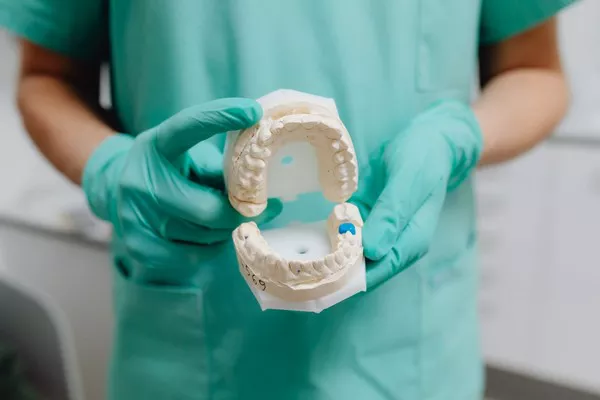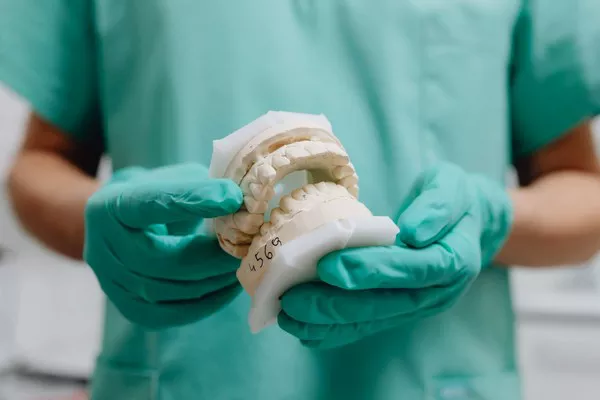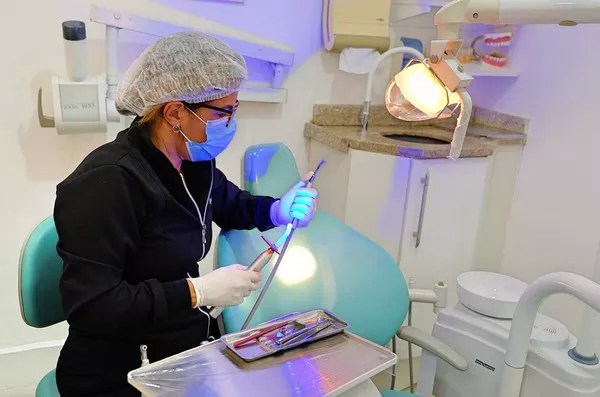In the pursuit of a brighter, whiter smile, some individuals may consider unconventional methods, including using household bleach as a teeth whitening agent. However, this practice poses significant risks to oral health and overall well-being. In this comprehensive guide, we explore the dangers of using household bleach for teeth whitening, including safety warnings, explanation of risks, comparison of active ingredients, safe whitening alternatives, dental recommendations, and consumer education on the importance of using dental-approved products.
Safety Warning
First and foremost, it is crucial to emphasize that household bleach is not safe for oral use and can cause serious harm. Bleach, also known as sodium hypochlorite, is a powerful chemical compound commonly used as a disinfectant and cleaning agent. However, ingesting or applying bleach to the teeth can result in severe chemical burns, tissue damage, and poisoning. Household bleach is not formulated or regulated for oral use and should never be used as a teeth whitening agent.
see also: What Does A Blue Led Light Do For Teeth Whitening
Explanation of Risks
Using household bleach on teeth poses several risks, including:
Gum Damage: The harsh chemicals in bleach can irritate and damage the delicate tissues of the gums, leading to inflammation, sensitivity, and even gum recession.
Toxicity: Household bleach contains chemicals that are toxic if ingested. Swallowing even small amounts of bleach can cause nausea, vomiting, abdominal pain, and in severe cases, chemical burns to the throat and esophagus.
Enamel Erosion: Bleach is highly acidic and can weaken tooth enamel, the protective outer layer of the teeth. Over time, enamel erosion can lead to tooth sensitivity, discoloration, and increased susceptibility to cavities and decay.
Active Ingredients in Dental Products
The active ingredients in household bleach differ significantly from those found in approved dental whitening products. Household bleach typically contains sodium hypochlorite as its active ingredient, while dental whitening products contain hydrogen peroxide or carbamide peroxide. These dental-grade whitening agents are formulated to be safe and effective for oral use when used as directed by dental professionals.
see also: Why Do Teeth Whitening Strips Leave White Spots
Safe Whitening Alternatives
Fortunately, there are many safe and effective alternatives to using household bleach for teeth whitening:
Over-the-Counter Whitening Strips: Whitening strips are thin, flexible strips coated with a whitening gel containing hydrogen peroxide or carbamide peroxide. They are designed to adhere to the teeth and deliver whitening agents directly to the enamel, effectively removing surface stains and brightening the smile.
Whitening Toothpaste: Whitening toothpaste contains abrasive particles and mild whitening agents that help remove surface stains and prevent new stains from forming. While toothpaste alone may not provide dramatic whitening results, it can help maintain the brightness of the teeth after professional or at-home whitening treatments.
Professional Whitening Treatments: Professional whitening treatments performed by dental professionals offer the most effective and safest way to achieve a brighter, whiter smile. These treatments typically involve the use of higher concentrations of whitening agents and specialized equipment to achieve optimal results.
Dental Recommendations
Dental professionals strongly advise against using household bleach for teeth whitening due to the significant risks involved. Instead, they recommend seeking professional guidance and using dental-approved products for safe and effective whitening results. Dentists can assess the condition of the teeth and gums, recommend appropriate whitening treatments, and provide personalized guidance on maintaining oral health.
Consumer Education
Consumer education is key to preventing the misuse of household bleach for teeth whitening. It is essential to educate individuals on the importance of using products specifically designed for dental use and seeking professional guidance when considering whitening treatments. By raising awareness of the risks associated with household bleach and promoting safe alternatives, we can help individuals make informed decisions about their oral health and avoid potentially harmful practices.
Conclusion
Using household bleach for teeth whitening is extremely dangerous and should be avoided at all costs. The risks of gum damage, toxicity, and enamel erosion far outweigh any potential benefits. Instead, individuals should opt for safe and effective alternatives, such as over-the-counter whitening strips, whitening toothpaste, or professional whitening treatments. By prioritizing oral health and seeking guidance from dental professionals, individuals can achieve a brighter, whiter smile without putting their health at risk.
You Might Be Interested In






























